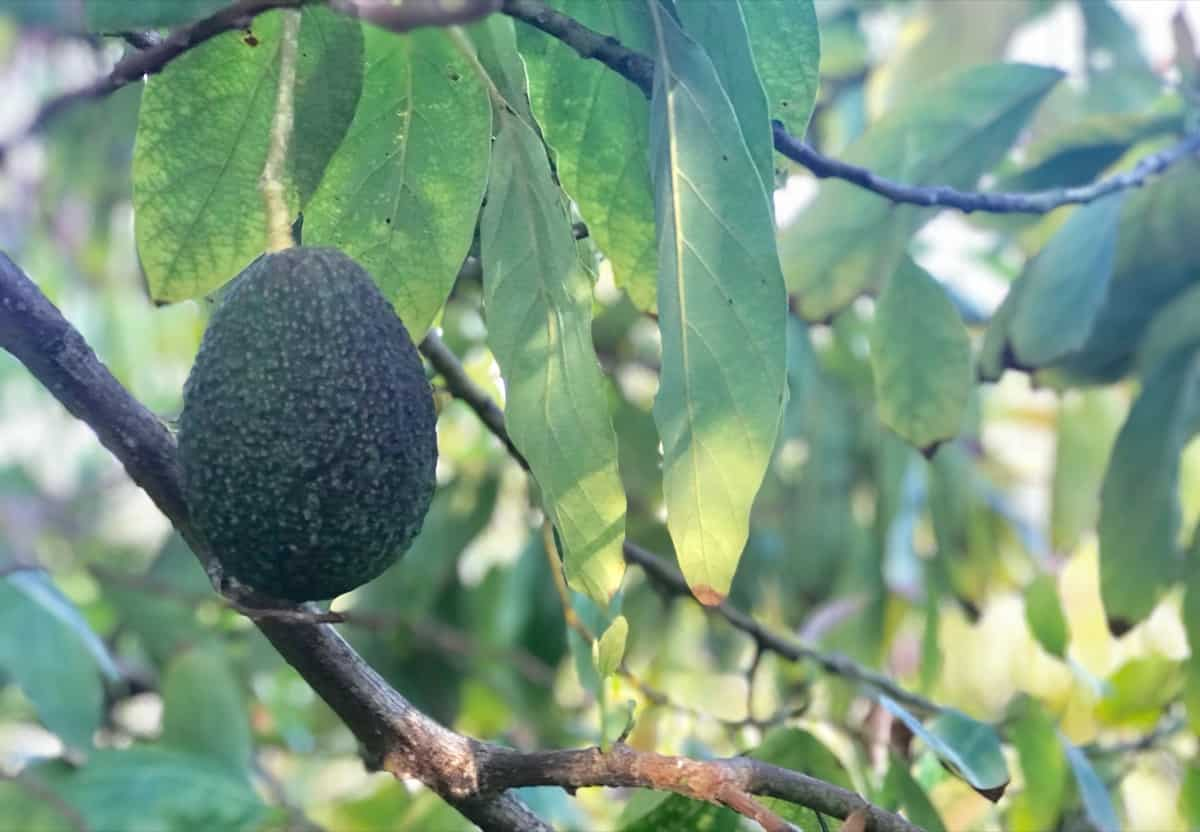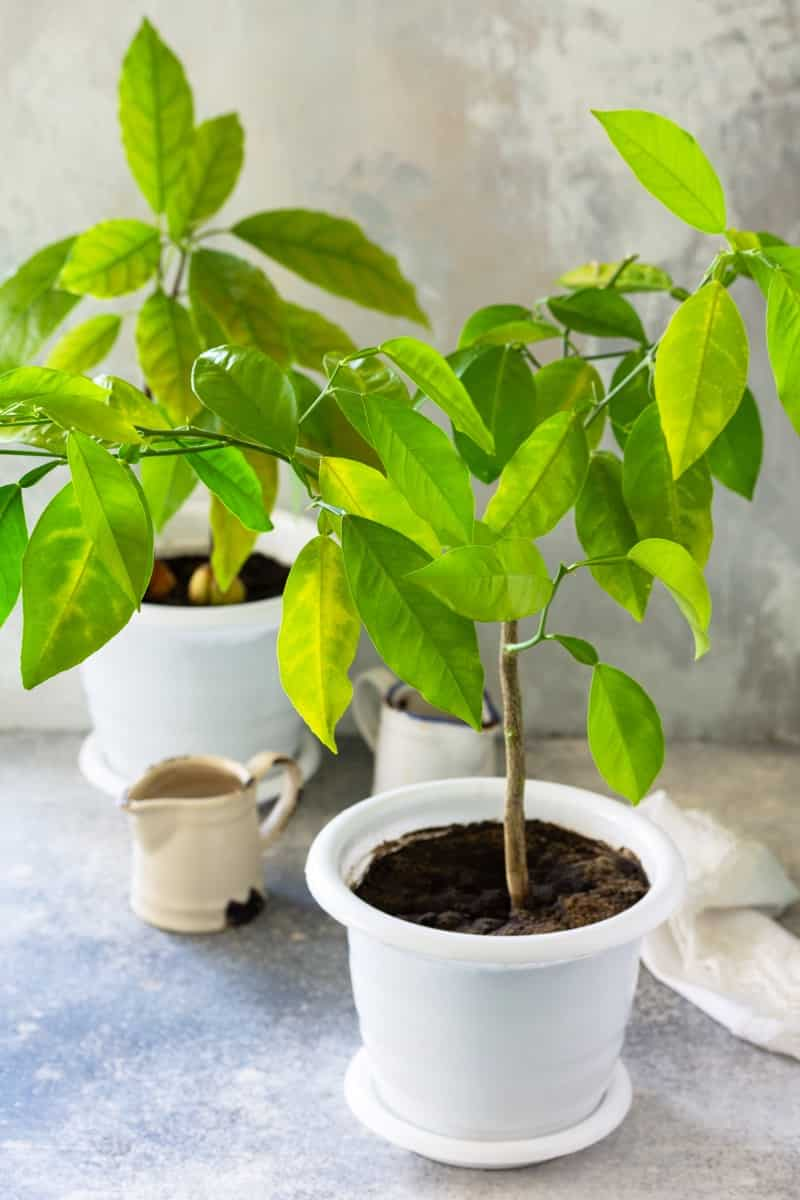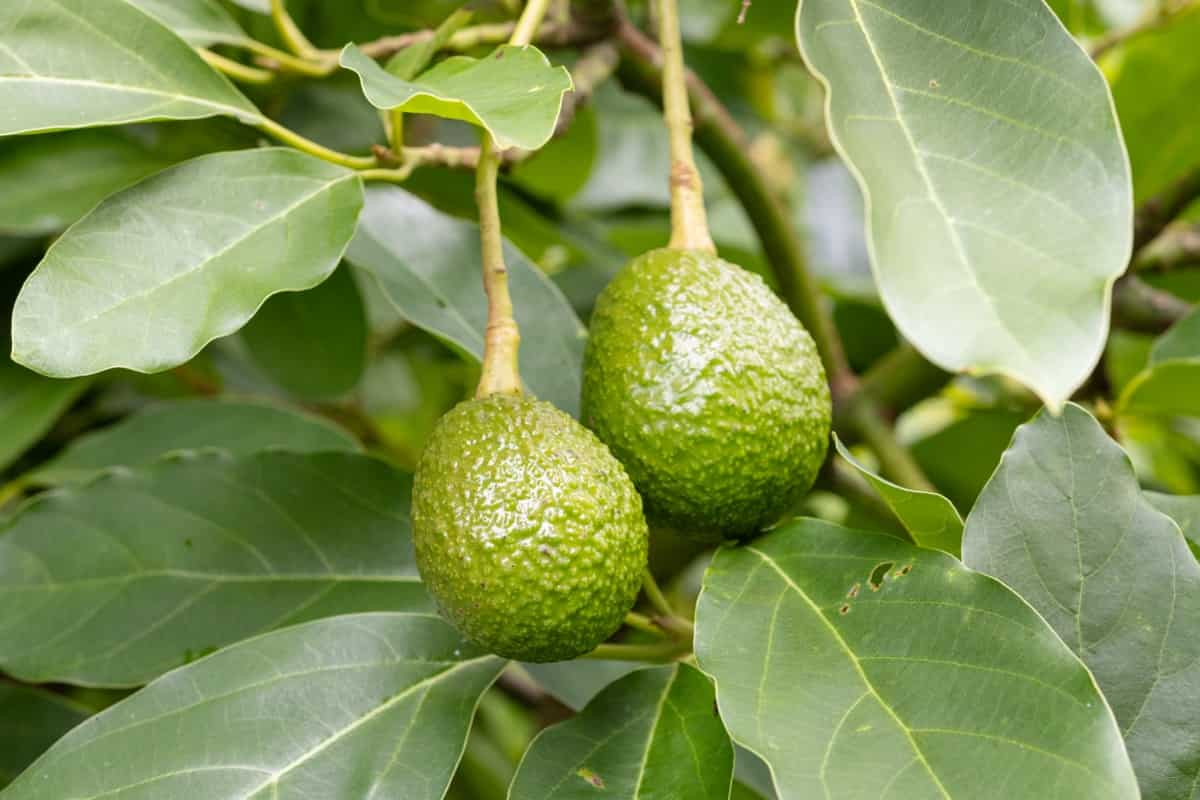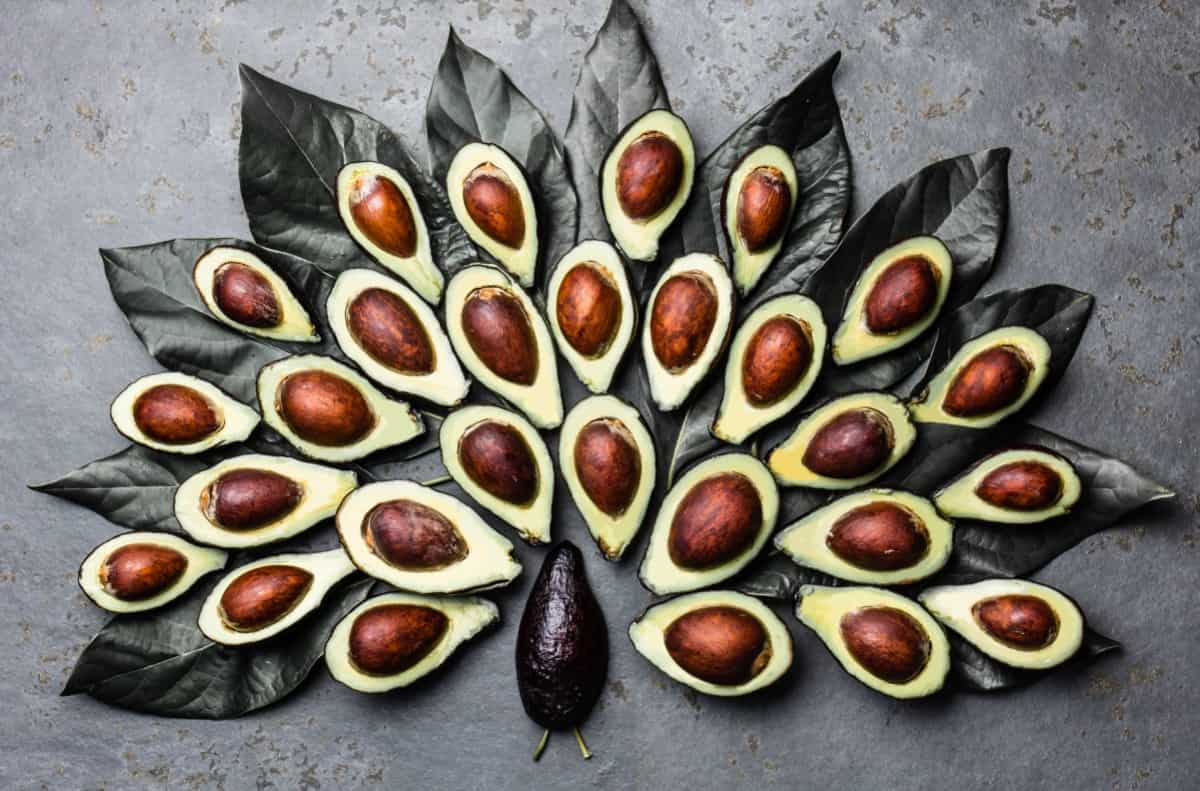Avocado trees are popular in gardens and orchards, prized for their creamy, nutritious fruits. However, like all plants, avocado trees are susceptible to various pests that can threaten their health and productivity. Fortunately, there are natural and organic methods you can employ to control avocado pests and keep your trees thriving without resorting to harsh chemicals. In this guide, we will explore the world of avocado pests and offer effective and environmentally friendly solutions to combat them.

How to Control Avocado Pests
Avocado Pests: Identifying the Most Common Pests and Their Impact on Your Crop
- Avocado Lace Bug: These tiny insects feed on the undersides of avocado leaves, causing stippling and discoloration. They can weaken the tree if left untreated.
- Avocado Leafroller (Amorbia cuneana): Leafrollers roll avocado leaves to create protective shelters while feeding. They can cause leaf damage and potentially affect the fruit.
- Avocado Whitefly (Trialeurodes floridensis): Whiteflies feed on the sap of avocado leaves, leading to yellowing, wilting, and a sticky residue known as honeydew. They can transmit diseases to avocado trees.
- Redbay Ambrosia Beetle (Xyleborus glabratus): These beetles bore into avocado trees, introducing a fungus (Raffaelea lauricola) that causes laurel wilt disease, which can rapidly kill the tree.
- Fruit Borers: Various caterpillars, such as the avocado fruit borer (Stenoma catenifer), can infest avocado fruit, making it unmarketable.
- Mites: Spider mites and other mites can damage avocado leaves by piercing cells and sucking out their contents. This can lead to bronzing and leaf drop.
- Mealybugs: Mealybugs feed on avocado leaves and fruit, often secreting a waxy substance that can harbor sooty mold, further impacting tree health.
Using Neem Oil to Control Avocado Pests: A Safe and Effective Method
Neem oil is a natural and safe method for controlling pests in avocado trees. It is derived from the neem tree and has been used for centuries in traditional agriculture for its pesticidal properties. Neem oil is effective against many pests that commonly afflict avocado trees, such as aphids, mealybugs, scale insects, and mites.
In case you missed it: How to Control Banana Pests Naturally: How to Get Rid of Them with Natural and Organic Treatment

To use neem oil for pest control in avocado trees, mix neem oil with water according to the instructions on the product label. Typically, you’ll use about 2-4 tablespoons of neem oil per 4 liters of water. Use a garden sprayer to apply the neem oil solution to the entire avocado tree, including the leaves, stems, and fruit. Cover all parts of the tree, as pests can hide in various places.
The Role of Beneficial Insects in Controlling Avocado Pests: Introduction of Predatory Insects
Introducing predatory insects into your avocado orchard can maintain a balanced ecosystem and minimize the need for chemical pesticides. Some beneficial insects that can help control avocado pests include:
- Ladybugs: Ladybugs feed on aphids and scale insects, common pests of avocado trees.
- Parasitic Wasps: These small wasps lay their eggs inside caterpillars and other insect pests, ultimately killing them.
- Praying Mantises: Praying mantises are voracious predators that can consume a variety of pests.
- Predatory Mites: These mites feed on plant-damaging mites like spider mites.
Companion Planting: How Planting Certain Plants Together Can Deter Avocado Pests
Some companion plants can help repel or confuse avocado pests, reducing the need for chemical interventions. Here are a few examples:
- Marigolds: Marigolds can deter nematodes and some flying insects with their strong scent. Plant them around the base of avocado trees.
- Nasturtiums: Nasturtiums can repel aphids and whiteflies while attracting predatory insects like ladybugs.
- Basil: Basil planted near avocado trees can deter aphids and other insect pests.
- Mint: Mint can deter ants and some aphids, which may protect avocado trees from ant-tending pests.
Crop Rotation: How Rotating Your Avocado Crop Can Help Control Pests
While avocado trees are typically long-lived and not rotated annually like annual crops, you can use the concept of crop rotation to your advantage in several ways:
- Interplanting: Planting different varieties of avocado trees together can reduce the impact of specific pests that prefer a particular variety. This approach can help you avoid monoculture-related pest problems.
- Temporary Plantings: Consider planting cover crops or other non-avocado plants in between rows of avocado trees to disrupt the life cycles of avocado pests and reduce their populations.
- Phytochemical Diversity: Different avocado varieties produce varying phytochemicals, which can affect pest susceptibility. By planting diverse avocado varieties, you can potentially deter some pests.
Using Diatomaceous Earth to Control Avocado Pests: A Non-Toxic and Organic Method
Diatomaceous Earth, a natural and non-toxic powder, can effectively combat avocado pests. Simply dust the powder on the tree’s leaves and surrounding soil. It dehydrates and damages the exoskeletons of insects upon contact, making it an organic and safe pest control method for avocado trees.
In case you missed it: 10 Best Plants That Keep Pests Away: A Natural Way of Controlling Pests

Traps and Barriers: How to Use Traps and Barriers to Control Avocado Pests
Employing traps and barriers can thwart avocado pests. Install sticky traps near your avocado tree to catch flying insects like fruit flies and aphids. Physical barriers, such as row covers, can shield the tree from crawling pests like beetles and caterpillars, preventing infestations naturally without chemical intervention.
Biological Control: How to Use Parasitic Wasps to Control Avocado Pests
Parasitic wasps are nature’s pest controllers. Introduce these beneficial insects to your avocado orchard to combat pests like scales and aphids. These tiny wasps lay eggs inside pest insects, ultimately reducing their population and safeguarding your avocado trees in an eco-friendly manner.
Integrated Pest Management (IPM): A Holistic Approach to Controlling Avocado Pests
Integrated Pest Management (IPM) is a holistic and sustainable approach to controlling avocado pests that minimize the use of chemical pesticides. It combines various strategies to manage pest populations while minimizing environmental impact effectively. First, IPM involves monitoring and identifying pest species and their life cycles to determine the most appropriate control methods. This might include natural predators, such as ladybugs, or introducing beneficial insects to combat pests.
Cultural practices like pruning and maintaining healthy avocado trees can also reduce pest susceptibility. Additionally, IPM promotes the judicious use of pesticides only when necessary, focusing on less toxic options. Regularly assessing pest populations and adjusting strategies ensures a balanced ecosystem supporting avocado growth. By integrating biological, mechanical, and chemical methods, IPM controls pests and preserves the long-term health of avocado orchards and the surrounding environment.
In case you missed it: How to Control Apple Pests: How to Get Rid of Them with Natural and Organic Treatment

Table for Avocado Pest Control with Natural and Organic Treatment
| Pest | Natural and Organic Treatment |
| Avocado Lace Bug | Beneficial insects like ladybugs and lacewings. Neem oil or insecticidal soap spray. |
| Avocado Leafroller | Prune affected leaves Attract beneficial birds like wrens. Apply DE |
| Avocado Whitefly | Release parasitic wasps (Encarsia formosa). Spray with neem oil or insecticidal soap. |
| Redbay Ambrosia Beetle | Use beneficial nematodes to control larvae. |
| Fruit Borers | Use Pheromone traps Handpick and destroy affected fruits. |
| Mites | Apply a horticultural oil like neem oil. Release predatory mites |
| Mealybugs | Prune and remove heavily infested plant parts. Apply a mixture of alcohol and water. Use natural predators like ladybugs and parasitic wasps. |
Conclusion
Always follow the recommended application rates and safety precautions for organic treatments. Integrated pest management (IPM) combines these methods with regular monitoring and assessment to create a comprehensive and sustainable approach to avocado pest control.
- Beneficial Insects in Pest Management
- Natural Solutions for Pest Control in Flower Gardens
- Types of Fungicides Used in Agriculture
- Common Issues in the Fruit Development Stage of Pomegranate Farming
- Fruit Development Issues in Papaya: Easy Solutions and Treatment
- Soil-Borne Diseases and How to Protect Your Plants
- Practices to Prevent Disease Spread in the Garden
- From Wilted to Thriving: How to Treat Root Rot Naturally in Houseplants
- Natural Remedies to Cure Brown Spots on Fig Tree Leaves